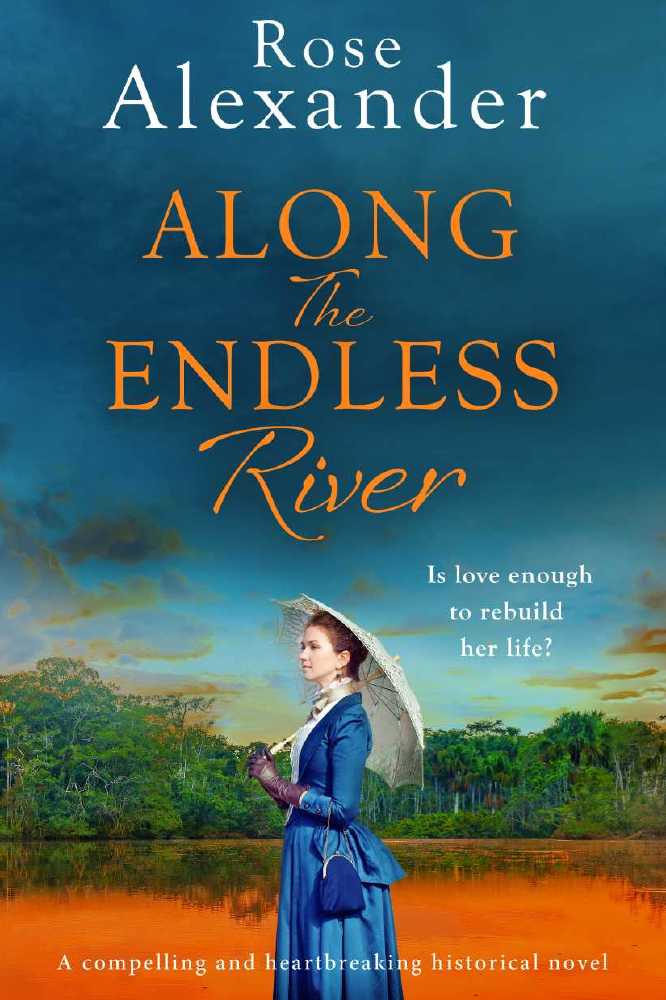A covered coat-hanger.

Along the Endless River
If you think that sounds underwhelming as a first make, you’d be right. But that was the requirement of needlework lessons when I was at school. Amazingly though, it didn’t put me off sewing for life, mainly because I was also lucky enough to have a mother who, in common with many of that era, made all her own and her children’s clothes. The reason why I set about learning her skills was down to a simple equation. I wanted clothes, I had very little money and couldn’t afford shop prices, therefore I needed to educate myself in the fine art of sewing.
In the intervening years, the landscape has changed beyond recognition. The advent of fast fashion has made clothing cheap and infinitely replaceable. It encourages consumers – mainly women – to buy, buy, buy and spend, spend, spend. It’s the clothing equivalent of the fried chicken bucket – the more you have it, the more you want it and the less it satisfies.
There are so many shocking statistics associated with this industry that it’s hard to know where to begin – 30 per cent of garments unworn, £140m worth of clothes sent to landfill every year in the UK alone and, of course, the fact that these clothes are designed to become obsolete – to fray, to droop, to shrink, to fade. But perhaps the most horrifying number of all is that global emissions from textile production are greater than those from international flights and shipping combined. Your bargain T-shirt and sweatpants could, quite literally, be costing the earth.
Of course, making your own clothes still uses fabrics. I only use natural ones such as cotton, linen, viscose and wool. But cotton is dreadfully thirsty so just because it’s not manmade doesn’t mean it has no harmful effects on the environment. The difference is that if you are making your own, you simply don’t consume anything like as much. If every time you want a new garment you have to source the pattern, choose the fabric, cut out the pieces, and then stitch it all together, then by necessity you have far less new garments. There are only so many hours in any day. And once you’ve invested all that time and money in something, you look after your clothes like the precious items they are. And you are proud of them.
All of these are great reasons for becoming a sewist. But who am I kidding? The best bit of all is undoubtedly the kudos. Usually, the compliments on a handmade garment come from adults. But one day in class, wearing a pale blue pencil skirt adorned with bright yellow lemons, two of my year ten students said, ‘Miss, we love your skirt.’ ‘Thanks,’ I replied modestly, ‘I made it.’ ‘No way, Miss!’ came the response. ‘We thought something that good must have come from a shop!’
High praise indeed, and from notoriously critical fourteen-year-old girls. And not a covered coat hanger in sight.
RELATED: What does it mean to dream about a sewing machine?
If you were sewing lots of different fabrics together, this could represent your need to compromise with someone in your personal or professional life. Alternatively, you might already be making steps towards this. You may need to make an effort to restore something back to its original working order. Sewing ripped clothes could be your subconscious telling you to be humbler in your life. To make the most of what you have rather than looking for something new... to read more click HERE


